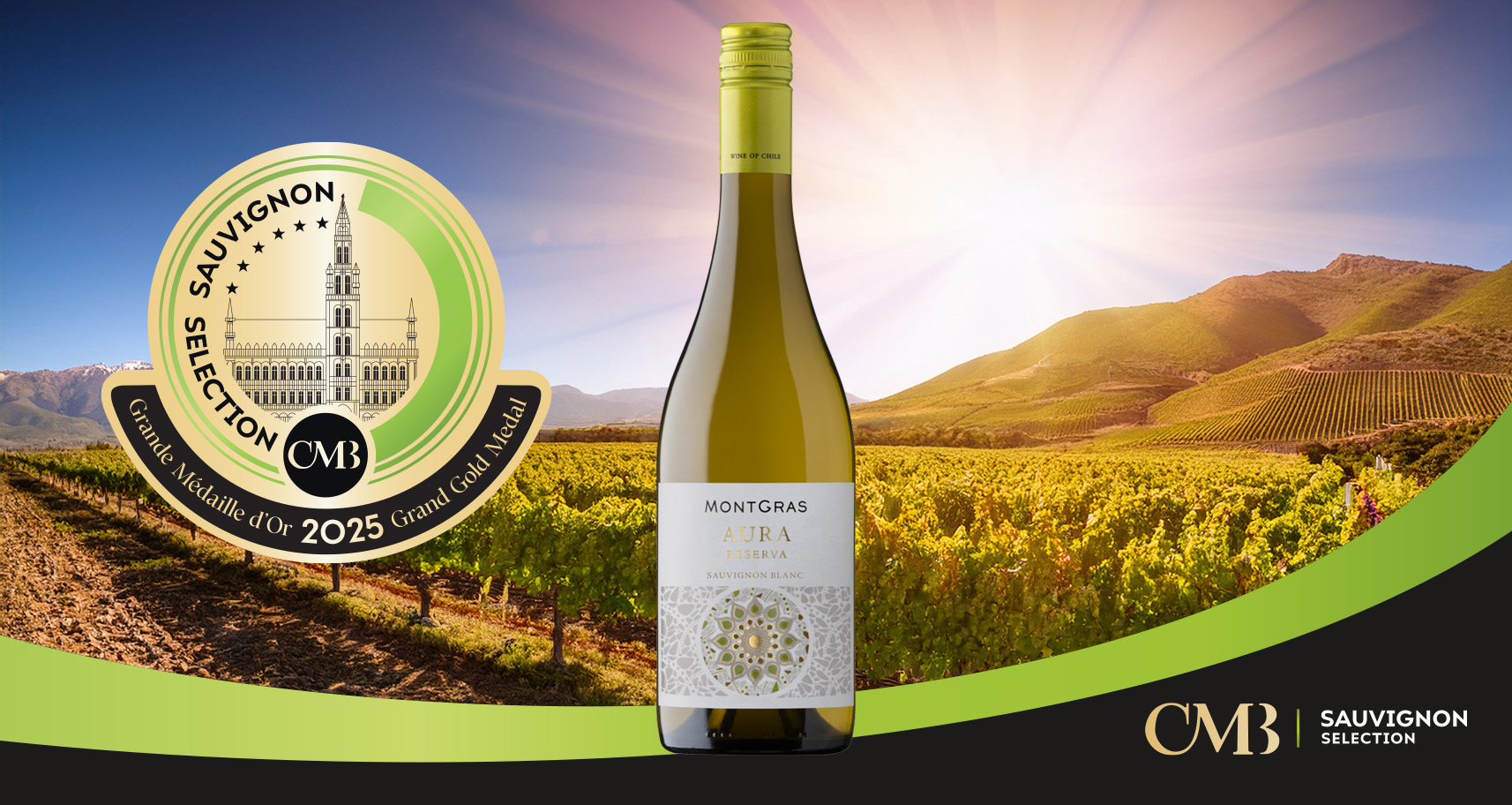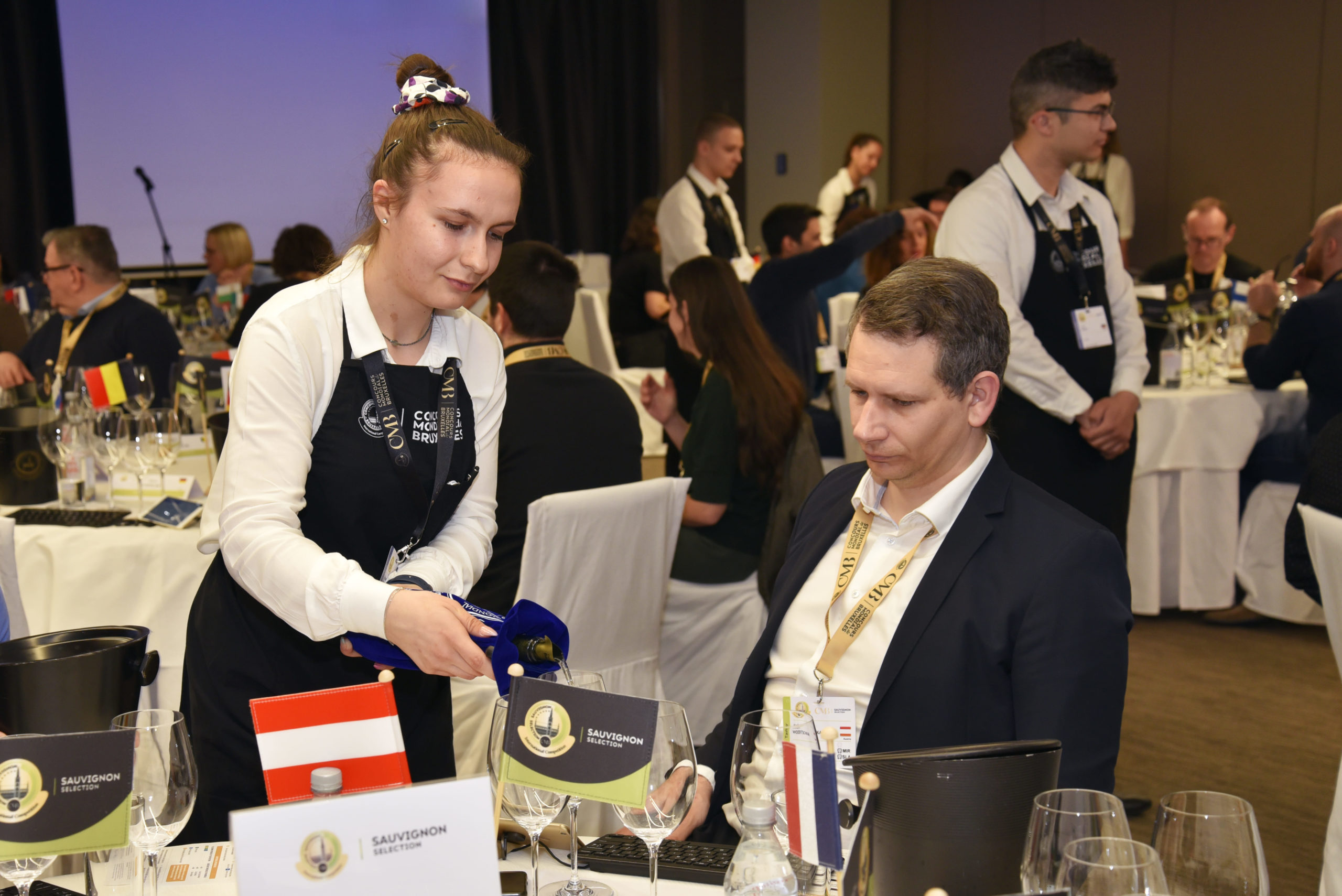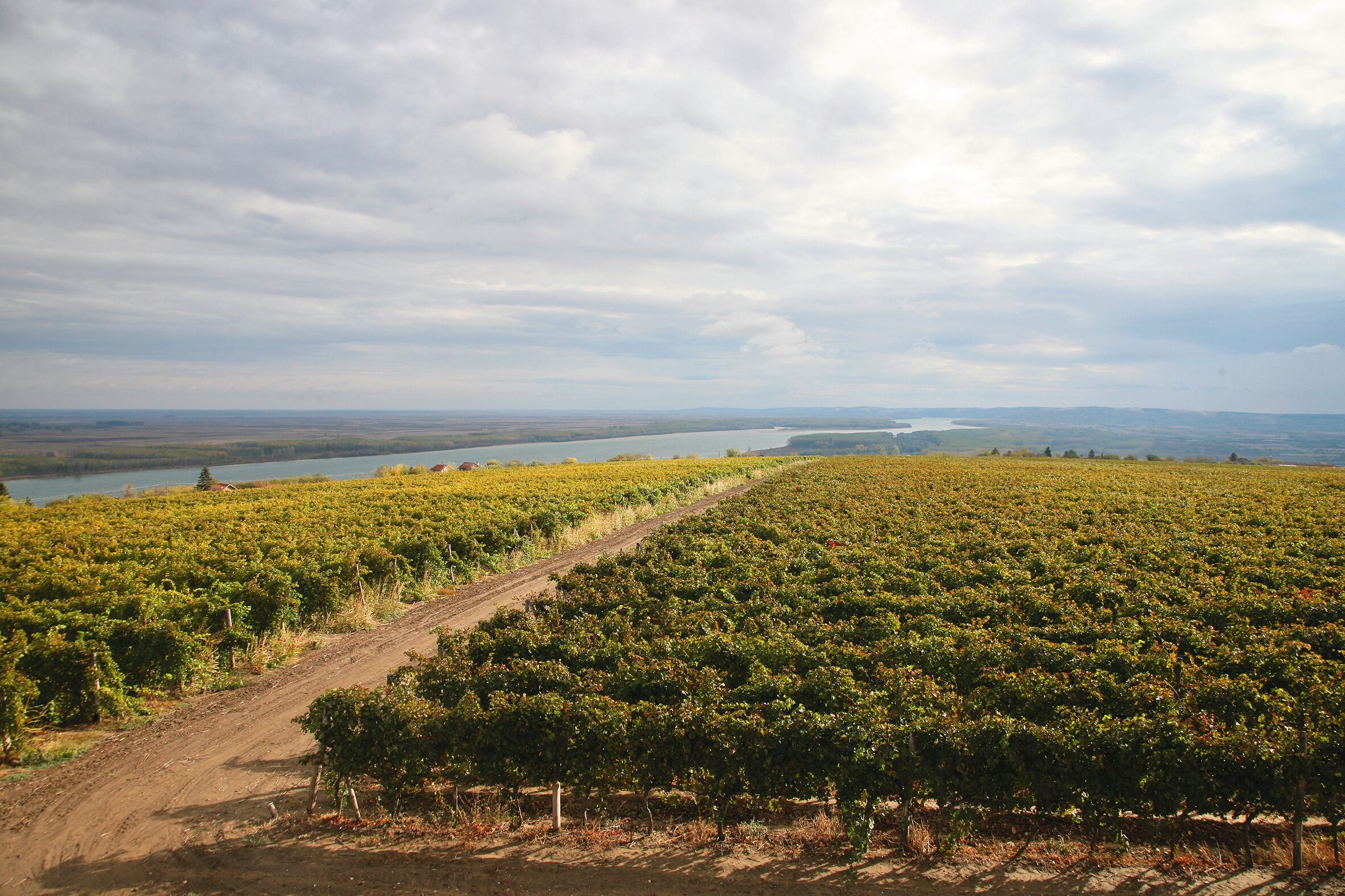Revelation Trophies endorse the quality and potential of Styrian Sauvignon
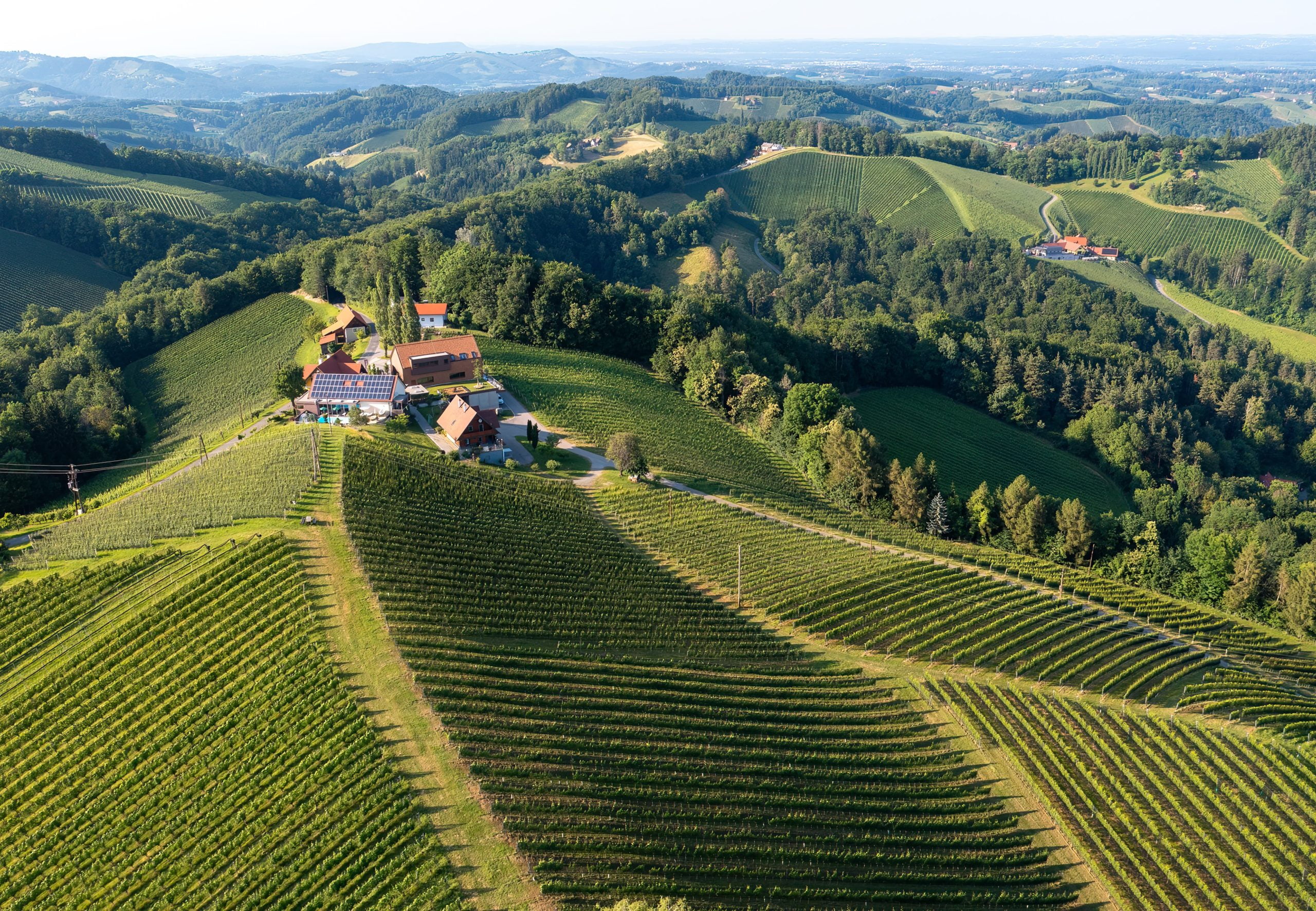
At last year’s Sauvignon Selection in South Africa, two Styrian Sauvignon blancs came away with Revelation Trophies, one of them ranking the highest in category, the other the outright competition favourite. We take a peek behind the scenes to find out how the wines were crafted and what their success means for the varietal’s future in Styria.
Even a cursory glance at the two award-winning wineries – Weingut Krispel in Vulkanland and Weingut Adam-Lieleg in Südsteiermark – reveals that there is no one-size-fits-all formula for producing a wine that will blow judges away. In fact, they couldn’t be more different. Weingut Adam-Lieleg (cover picture) is a traditional, multigenerational Styrian winery with a history that dates back to 1893. Its area under vine sits at 15 hectares, planted to typical regional varieties such as Welchriesling, Gelber Muskateller, Pinot blanc and Pinot gris alongside Sauvignon blanc. In the winery, proven traditions and experience-based techniques reside comfortably alongside innovation, though the overriding ethos is to take a hands-off approach.
At Weingut Krispel, the winery itself is an architectural statement which picks up on the volcanic nature of the soils – even the roof is designed to mirror the successive thrusts associated with volcanic activity. The winery prides itself on its state-of-the-art equipment, including the first optical sorting machine in Styria. With 34 hectares under vine, certified organic since 2023, and a sizeable group of partner grape growers across the Vulkanland region, Weingut Krispel has transitioned from a regional producer to one of the leading wineries in Styria.
Encapsulating diversity
The wineries’ award-winning labels reveal the inherent diversity in Styria’s vineyard sites, the array of winemaking techniques rolled out in the wineries, and the expansive stylistic spectrum of the wines. Weingut Adam-Lieleg’s Eichberg Sieme 2021, which won the Dubourdieu Trophy honouring the highest-scoring wine in the competition, shows aromas of gooseberries, dried Mediterranean herbs, red and yellow peppers, citrus and minerality, with clear provenance. “The cool microclimate and the stony soil lend the wine its unique complexity, spiciness and minerality”, explains winegrower Florian Adam-Lieleg. Keen to promote vintage variation in his wines, he ascribes some of the wine’s uniqueness to the particular weather conditions in 2021: “It was a really dry vintage. We had enough rain but not too much and the harvest season was dry but also cool. It was perhaps one of the most perfect years in our history”. The fruit, which is selected on the vine even if this requires several passes, is harvested by hand and for this label some skin contact was used during the winemaking process.
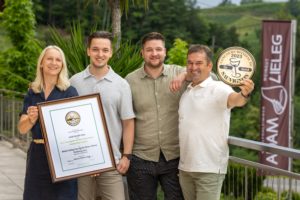
The Adam-Lieleg family, proud recipients of the Dubourdieu Trophy for the best Sauvignon in the competition
Judicious use of oak
At Weingut Krispel, the standards are similarly stringent for the fruit in the single vineyard wines: “We only use the best grapes, we work with low yields and of course everything is harvested by hand”, stresses winemaker Stefan Krispel. “In the winery, maceration is used for a couple of hours and we work with spontaneous fermentation”. The award-winning Sauvignon blanc Neusetzberg 2020, which won the Revelation Trophy for Austria in 2023, is ranked as Erste Lage, a term that refers to prime vineyard sites displaying unique character and the propensity to consistently produce top-flight wines due to the age of the vines, location and mesoclimate. Another defining trait of the 2020 Neusetzberg is that it was fermented and matured in large oak casks for a year. “We use large, 5,000-litre neutral oak barrels from Austrian cooperage Pauscha that are approximately five years old”, explains Krispel. Not only does the time spent in oak instil greater complexity and length in the wine, it also extends longevity: “With Sauvignon blanc in particular, you have to be very careful with oak. A little too much toast or barrels that are too small can produce a totally different result in the wines. But in terms of ageability, we are currently serving the 2012 vintage in our restaurant so 10 to 15 years should be an easy target!”
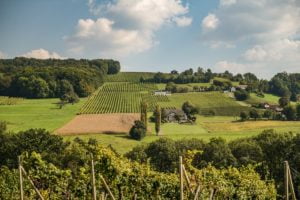
The vineyard block for Weingut Krispel’s Sauvignon blanc Neusetzberg is ranked Erste Lage, a term referring to prime vineyard sites consistently producing top-flight wines © Jean Van Luelik Photography
An ode to versatility
Sensitive use of oak is a leitmotif among Styrian Sauvignon producers – in fact, you could almost call it a regional trademark. “We have some Sauvignon that spends time in oak barrels”, confirms Florian Adam-Lieleg. “This is what Sauvignon can also be and I definitely see a future for oaked Styrian Sauvignon”. Detractors of barrel-fermented or matured Sauvignon blanc will be disappointed, such is the number of successful iterations across the region, all of which highlight Sauvignon’s multiple personas: “Sauvignon blanc is one of the most versatile grape varieties”, claims Stefan Krispel. “From the bespoke fruit-forward, crisp examples to the complex, long-lasting treasures, everything is possible and worth working with. Our award has shown that we’re obviously getting things right, even though we remain curious and constantly take stock and adapt”.
A landmark endorsement
Being major award recipients at last year’s Sauvignon Selection competition will not alter day-to-day operations at either winery, even though it has brought welcome publicity, and a boost to sales. But over the long term it sends out a number of signals. “I think Sauvignon has a big future in Styria – the tight, fully ripe, elegant Sauvignons with moderate alcohol you find here are unique. Styria has already won numerous international blind tastings, now it’s time to step up its presence in the foreign market. I think winning this trophy will encourage other producers to aim for this top international level”, believes Florian Lieleg. For Weingut Krispel, the award demonstrates the importance of preserving the integrity of Styria’s unique character: “The most important thing is that we do not try and copy other international regions”, claims Florian Schütky, the winery’s head of sales. “We need to work hard to define our own distinctive Styrian profile. And what makes our Sauvignons unique for me is the interplay of freshness and depth of flavour. The wines are complex yet also light-footed. If we continue to succeed with this, then I think we’ll hear even more about Styrian wines in the future”. The results of last year’s Sauvignon Selection by CMB, where Steiermark came away 85 medals – including 45 gold – out of 167 entries (43%), it certainly lend credence to his belief.
Sharon Nagel
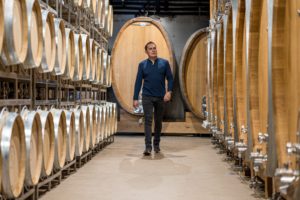
Winemaker Stefan Krispel from Weingut Krispel favoured large, 5,000-litre Austrian oak barrels for his award-winning Sauvignon blanc Neusetzberg 2020
